Pontiac Firebird, 1982-2002

Meet Chandler
Chandler has a bachelors and masters degree in history as well as a passion for classics and muscle cars. His education and historical knowledge makes him skilled at crafting highly detailed articles about America’s muscle cars and automotive history. His love of muscle cars is undeniable, with him seeking them out at every opportunity during his visits to auto shows and car meets. Chandler’s knowledge and enthusiasm towards automotive history make him a great asset to the Muscle Car Club community.
The Pontiac Firebird stands out as one of the most iconic pony cars of all time. Pontiac introduced the Firebird in 1967, and kept it around all the way until the new millennium in 2002. The Firebird quickly earned a potent reputation, and the Trans Am and Firehawk performance variants got even more attention.
The Pontiac Firebird spanned a total of four generations from 1967–2002. For information on the 1967–1981 Gen 1 and Gen 2 Firebird, check out our other Pontiac Firebird article here. This article will cover the Gen 3 (1982–1992) and Gen 4 (1993–2002) Pontiac Firebird. The Gen 3 and 4 Firebird did not sell nearly as well as their predecessors, but they also saw the return of performance that vanished in the 1970s. Read on to find out all about the 1982–2002 Pontiac Firebird.
1982–2002 Pontiac Firebird Overview
After firmly establishing itself as a premiere pony car in the 1960s and 1970s, the third generation Firebird had a high bar to live up to. The third generation lasted from 1982–1993, and saw the Firebird get a complete redesign. Still residing on the F-body, Pontiac gave the Firebird a new hood, new front and rear end, and the iconic hidden headlights.
As for power plants, the Gen 3 Firebird introduced a four-cylinder inline-four engine for the first time, the famous (or infamous) Iron Duke Engine making just 90 horsepower. Unfortunately, for pretty much the entire generation performance was down. The only real exceptions were the 245 horsepower LC2 Turbo-Trans Am in 1989 and 210–240 horsepower L98/B2L 5.7L V8 from 1987–1992.
The fourth and final generation of the Pontiac Firebird lasted from 1993–2002, and once again saw a complete redesign. Pontiac restyled the hood and front/rear end, making the car much more aerodynamic and sleek. The fourth generation Firebird is very love/hate, with some people coveting the new body style and others absolutely abhorring it – though most agree it looks better than the Camaro.
Styling aside, the Firebird undoubtedly regained its lost performance in the fourth generation, starting with the 5.7L V8 LT1 engine making 275–285 horsepower. In 1998, General Motors dropped the LT1 and brought out the LS1 in its place, a similar sized 5.7L V8. The LS1 made a maximum of 320 horsepower and 345 lb-ft of torque with the optional WS6 ram-air package.
The Trans Am and Firehawk
Pontiac continued to produce the performance-oriented Trans Am for the third and fourth generations, and in 1992 they added the Firehawk as an even more high performance model. The Firehawk was a collaboration between Pontiac and Street Legal Performance from Toms River, New Jersey.
The 1992 SLP Firehawk is what truly brought performance back to the Firebird, utilizing a 350 horsepower version of the 5.7L L98/B2L V8 engine, which made only 240 horsepower in the standard Firebird. Though production was heavily limited to just 25 units the first year, it was a sign of things to come.
Pontiac continued both the Trans Am and Firehawk through 2002, with the Firehawk getting a one year break in 1998. By then, both had shifted to using the LS1 V8 engine, making 310–345 horsepower.
Pontiac killed the Firebird after the 2002 model year following a decline in enthusiasm and sales. GM also dropped its F-body brother the Chevrolet Camaro the same year, and by the time of its revival in 2010 Pontiac had already ceased to exist, negating the creation of a new Firebird. GM has still not revived the Firebird namesake, though there were some special edition Trans Ams built on Camaro shells in the 2010s.
1982–1986 Pontiac Firebird
Pontiac kicked off the third generation Firebird with a complete head-to-toe rebuild. The 1982 Pontiac Firebird was now a hatchback on a slightly smaller 101 inch wheelbase. The subframe was a brand new one-piece construction, and used coil springs in the back and MacPherson struts in the front. The hood was curved instead of flat, got a more rounded front bumper, hidden headlights, and a 62 degree raked windshield. Much of this was done in the name of aerodynamics and fuel efficiency.
Pontiac offered three models from 1982–1986, the base, Special Edition (S/E), and the Trans Am, all of them on the same hatchback body. For the 1983 Firebird, Pontiac barely changed anything visually, with the exception of making Rally wheels standard. For the 1985 Firebird, Pontiac revised the front and rear ends to make them more aerodynamic, which they changed again the next year. Also in 1985, the standard suspension was upgraded to the 1984-WS6 Trans Am suspension, but without disc brakes.
Fans of the TV show “Knight Rider” undoubtedly remember KITT, the 1982 Firebird Trans Am modified by artificial intelligence and driven by Michael Knight (David Hasselhoff).
The Trans Am
Pontiac continued the Trans Am as the performance version of the Firebird. In 1983, Pontiac released a 20th Anniversary Daytona 500 Limited Edition Trans Am capped at just 2,500 units. For 1984, a new W62 Aero Package was made available, which extended the side skirts and gave it new stripes. This was made standard in 1985, along with optional electronic gauges.
The Y84 Special Edition Recaro seat option was also still available. For the 1984 Trans Am, Pontiac celebrated the 15th anniversary of the Firebird, making 1,500 special 15th Anniversary models available which had Trans Am decals, blue striping, and removable T-tops.
Engine Technical Specifications
| Model Years | Engine | Horsepower | Torque | Engine Code |
| 1982 | 2.5L I4 (TBI) | 90 horsepower | 132 lb-ft | LQ9 |
| 1982 | 2.8L V6 (2bbl) | 105 horsepower | 142 lb-ft | LC1 |
| 1982 | 5.0L (4bbl) | 145 horsepower | 240 lb-ft | LG4 |
| 1982 | 5.0L (Crossfire) | 165 horsepower | 240 lb-ft | LU5 |
| 1983-1984 | 2.5L I4 (TBI) | 92 horsepower | 134 lb-ft | LQ9 |
| 1983-1984 | 2.8L V6 (2bbl) | 107 horsepower | 145 lb-ft | LC1 |
| 1983-1984 | 2.8L V6 (HO) | 125 horsepower | 145 lb-ft | LL1 |
| 1983-1984 | 5.0L (4bbl) | 150 horsepower | 235 lb-ft | LG4 |
| 1983 | 5.0L (Crossfire) | 175 horsepower | 240 lb-ft | LU5 |
| 1983-1986 | 5.0L (HO) | 190 horsepower | 240 lb-ft | L69 |
| 1985-1986 | 2.5L I4 (TBI) | 88 horsepower | 132 lb-ft | LQ9 |
| 1985-1989 | 2.8L V6 (MFI) | 135 horsepower | 165 lb-ft | LB8 |
| 1985-1986 | 5.0L (4bbl) | 160 horsepower | 250 lb-ft | LG4 |
| 1985 | 5.0L (TPI) | 205 horsepower | 275 lb-ft | LB9 |
| 1986 | 5.0L (TPI) | 190 horsepower | 270 lb-ft | LB9 |
1982–1986 Pontiac Firebird Engines, Transmissions, and Performance
For the third generation Firebird, Pontiac introduced a host of new engines, most of them made by Chevrolet. The only holdover from the second generation was the LG4 5.0L V8 with a four-barrel carburetor, making 145 horsepower. New additions included the LQ9 2.5L inline-four, also known as the Iron Duke Tech IV, which made just 90 horsepower but utilized a new throttle body injection system, an early form of mechanical fuel injection. It was the only Pontiac manufactured engine, as the others were all Chevys.
Other new engines were the LC1 2.8L V6 with a double-barrel carb making 105 horsepower, and the top of the line LU5 5.0L Crossfire V8, which made 165 horsepower. The crossfire V8 was so-called because of the crossfire fuel injection, which was double-throttle body injection. For 1982, available transmissions were a four-speed manual or a four-speed automatic.
For 1983, the same engines remained but got slight increases in power. There were also two new editions, a high-output (HO) version of the LC1, the LL1, and the L69, which the Firebird took from the Camaro. The L69 used a hot cam and Rochester QuadraJet four-barrel carburetor, producing 190 horsepower. Transmission-wise, Pontiac introduced a new Borg Warner T5 five-speed manual in 1985 to replace the old four-speed
After modest power increases for the existing engines in 1984, the 1985 Pontiac Firebird featured two new engines with electronic fuel injection: The LB9 5.0L V8 and LB8 2.8L V6. The LB9 featured Pontiac’s new tuned-port injection system, an electronic fuel injection (EFI) system that made 205 horsepower and 275 lb-ft of torque. This dropped to 190 horsepower the next year. The LB8 was a 2.8L V6 that made just 135 horsepower and used multiport fuel injection (MFI), another new EFI system.
1982–1986 Pontiac Firebird Production Numbers
| Model Year | Bodystyle | Production Total |
| 1982 | Base | 41,683 |
| S/E | 21,719 | |
| Trans Am | 52,960 | |
| 1982 Total | 116,362 | |
| 1983 | Base | 32,020 |
| S/E | 10,934 | |
| Trans Am | 31,930 | |
| 1983 Total | 74,884 | |
| 1984 | Base | 62,621 |
| S/E | 10,309 | |
| Trans Am | 55,374 | |
| 1984 Total | 128,304 | |
| 1985 | Base | 46,644 |
| S/E | 5,208 | |
| Trans Am | 44,028 | |
| 1985 Total | 95,880 | |
| 1986 | Base | 59,334 |
| S/E | 2,259 | |
| Trans Am | 48,870 | |
| 1986 Total | 110,463 |
1987–1992 Pontiac Firebird
Pontiac continued the third generation of the Firebird from 1987 until 1992, when it ended. For the 1987 Pontiac Firebird, there were only two models available, the base and Trans Am. However, each model had their own option package, the Formula for the base and the GTA for the Trans Am. The Formula Firebird was essentially a lighter Trans Am with a slightly less powerful engine.
For the Trans Am, the WS6 suspension package added gas-charged shocks, four-wheel disc brakes, 36mm/24mm front/rear sway bars, and new wheels. The GTA option added a larger 5.7L B2L engine, four-speed automatic, the WS6 package, monochromatic paint, GTA badges, gold cross-lace wheels, and a 3.27:1 axle ratio. For 1988, the GTA got pretty much every option available from Pontiac, including stereo controls on the steering wheel, a graphic equalizer for the stereo, Pass Key antitheft, and much more.
In 1989, the one-year-only Turbo Trans Am came out, using a 245 horsepower turbocharged V6 engine. The hood had a special bulge for the turbo, but the engine was not very reliable. For 1990, the Firebird got a driver’s-side airbag as standard for the first time, and the base got a new rear spoiler.
The 1991 Pontiac Firebird got new front and rear bumper extensions and a new deck lid spoiler for the Trans Am. Also, for the first time you could order a convertible Firebird from the factory, as previously they were ASC conversions.
The SLP Firebird Firehawk
Partway through 1991 for the 1992 model year (only 8 1991s were built), Pontiac introduced the first version of the SLP Firehawk. The Firehawk was a collaboration between Pontiac and the New Jersey-based Street Legal Performance (SLP). Most cars were intended for track use, though they were street legal.
Basically, SLP took a standard Firebird Formula with the Competition R package, and added a 350 horsepower version of the B2L V8 that normally made 240 horsepower. In addition, they also gave it the 6-speed ZF manual transmission from the C4 Corvette, an aluminum driveshaft, Dana 44 rear end, alloy wheels, Recaro seats, five-point harnesses and a roll bar, and even an optional fuel cell.
Just 25 of the 1991–1992 Firehawks exist, originally costing just under $52,000. They were quite a bit more than the regular Firebird Formulas with the R package, which would have been just $26,000.
Engine Technical Specifications
| Model Years | Engine | Horsepower | Torque | Engine Code |
| 1985-1989 | 2.8L V6 (MFI) | 135 horsepower | 165 lb-ft | LB8 |
| 1987 | 5.0L (4bbl) | 165 horsepower | 235 lb-ft | LG4 |
| 1987 | 5.0L (TPI) | 205 horsepower | 285 lb-ft | LB9 |
| 1987 | 5.7L (TPI) | 210 horsepower | 315 lb-ft | L98/B2L |
| 1988 | 5.0L (TBI) | 150 horsepower | 245 lb-ft | L03 |
| 1988 | 5.0L (TPI) | 215 horsepower | 295 lb-ft | LB9 |
| 1988 | 5.7L (TPI) | 225 horsepower | 330 lb-ft | L98/B2L |
| 1989 | 3.8L V6 (Turbo) | 245 horsepower | 340 lb-ft | LC2 |
| 1989-1992 | 5.0L (TBI) | 170 horsepower | 255 lb-ft | L03 |
| 1989-1991 | 5.0L (TPI) | 225 horsepower | 295 lb-t | LB9 |
| 1989-1990 | 5.7L (TPI) | 235 horsepower | 330 lb-ft | L98/B2L |
| 1990-1992 | 3.1L V6 (MFI) | 140 horsepower | 180 lb-ft | LH0 |
| 1990 | 5.0L (TPI) | 200 horsepower | 285 lb-ft | LB3 |
| 1991-1992 | 5.7L (TPI) | 240 horsepower | 300 lb-ft | L98/B2L |
| 1992 | 5.0L (TPI) | 230 horsepower | 300 lb-ft | LB9 |
| 1992 | 5.0L (TPI) | 350 horsepower | 390 lb-ft | L98/B2L (Firehawk) |
1987–1992 Pontiac Firebird Engines, Transmissions, and Performance
For the 1987 Pontiac Firebird, the LB8 V6 remained, and the LG4 made either 155 horsepower in the Formula or 165 in the Trans Am. The LB9 jumped back up to 205 horsepower, and Pontiac introduced a brand new V8 engine. The 350 cid 5.7L V8 that made 210 horsepower and 315 lb-ft of torque using Pontiac’s TPI fueling system.
In the Firebird, the V8 used the B2L engine code, but it was similar to the L98 from the Corvette and Camaro. The main differences were the use of cast iron cylinder heads and exhaust manifold, instead of the aluminum and stainless steel from the L98. Pontiac phased out the LG4 in 1988 for the L03, which essentially replaced the four-barrel carb with TBI. The LB9 remained, and made either 190 horsepower with an automatic transmission or 215 with a manual.
In 1988, the B2L V8 jumped to 225 horsepower, which became 235 horsepower from 1989–1991, and 240 horsepower in 1992. For the 1989 Pontiac Firebird Turbo Trans Am, Pontiac used the turbocharged version of the LD5 Buick 3800 V6, known as the LC2.
The big news was the Firehawk V8, which was a modified version of the B2L that made 350 horsepower and 390 lb-ft. It was exclusive to the SLP Firehawk, and used a forged steel crankshaft, forged connecting rods, aluminum cylinder heads with stainless steel valves, a hot camshaft, and a TPI manifold custom built for the Firehawk. It could hit the ¼ mile in 13.4 seconds @ 105 mph, and go from zero to 60 mph in under 5 seconds.
1987–1992 Pontiac Firebird Production Numbers
| Model Year | Bodystyle | Production Total |
| 1987 | Base | 42,552 |
| Formula | 13,160 | |
| Trans Am | 21,779 | |
| GTA | 11,096 | |
| 1987 Total | 88,587 | |
| 1988 | Base | 28,973 |
| Formula | 13,475 | |
| Trans Am | 8,793 | |
| GTA | 11,214 | |
| 1988 Total | 62,455 | |
| 1989 | Base | 32,376 |
| Formula | 16,670 | |
| Trans Am | 5,727 | |
| GTA | 9,631 | |
| 1989 Total | 64,404 | |
| 1990 | Base | 13,204 |
| Formula | 4,832 | |
| Trans Am | 1,054 | |
| GTA | 1,442 | |
| 1990 Total | 20,532 | |
| 1991 | Base | 38,956 |
| Convertible | 950 | |
| Formula | 5,549 | |
| Trans Am | 4,444 | |
| Trans Am Convertible | 555 | |
| 1991 Total | 50,454 | |
| 1992 | Base | 21,423 |
| Convertible | 1,265 | |
| Formula | 1,052 | |
| Trans Am | 816 | |
| Trans Am Convertible | 663 | |
| 1992 Total | 25,219 |
1993–2002 Pontiac Firebird
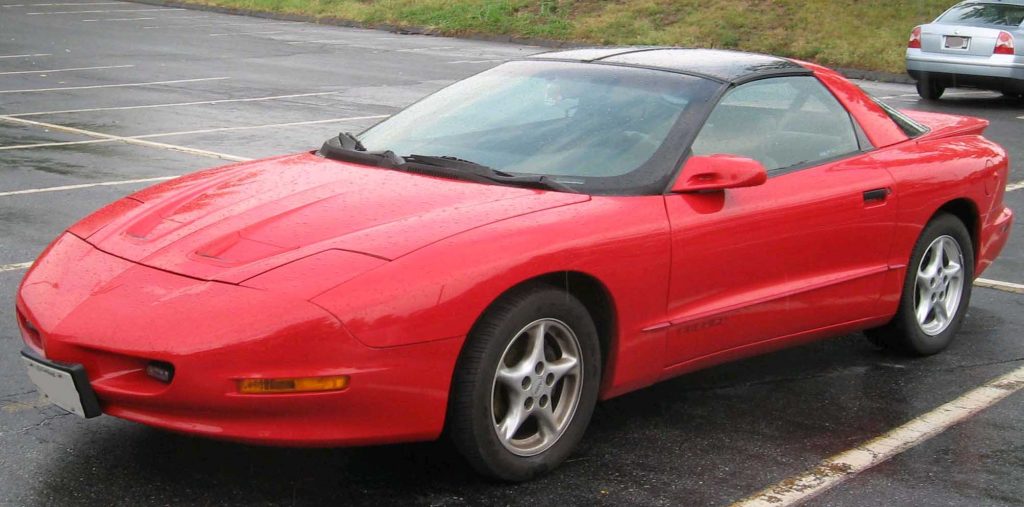
Pontiac started the fourth generation of the Firebird in 1993, and it lasted until the vehicle’s end of production in 2002. For the fourth generation Pontiac again offered three models, the base, the Formula, and the Trans Am, with the Firehawk staying as a special order high performance variant.
For the fourth generation, Pontiac once again gave the Firebird a complete redesign. The body was made of composite material while the hood was steel, and the windshield got an even steeper 68 degree rake. The front end also became much more rounded and less curved, and was also sharper in the front. The side skirts got revamped and a new spoiler characterized the rear end, and a removable roof was optional.
Suspension also changed, and lower front control arms replaced the MacPherson struts and rack-and-pinion steering was introduced for the first time. ABS brakes were standard, along with power-discs in the front and drums for the rear.
For 1994, a 25th Anniversary Trans Am became available, featuring a white exterior with a blue centerline stripe, white lightweight wheels, white leather seats with blue logos, and 25th anniversary badging and logos. Pontiac also introduced the Delco Series 2001 sound system, as well as the Trans Am GT, basically a fully optioned Trans AM.
The next major changes came for the 1997 Firebird, including a new hood with dual hood scoops, lower fender air vents, and circular lights. Pontiac discontinued the Firebird after the 2002 model year, along with its F-body brother the Chevrolet Camaro.
Fourth Generation Engine Technical Specifications
| Model Years | Engine | Horsepower | Torque | Engine Code |
| 1993-1995 | 3.4L V6 | 160 horsepower | 200 lb-ft | L32 |
| 1993-1995 | 5.7L V8 | 275 horsepower | 325 lb-ft | LT1 |
| 1993-1996 | 5.7L V8 | 300 horsepower | 330 lb-ft | LT1 (Firehawk) |
| 1996-2002 | 3.8L V6 | 200 horsepower | 225 lb-ft | L36 |
| 1996-1997 | 5.7L V8 | 285 horsepower | 325 lb-ft | LT1 |
| 1997 | 5.7L V8 | 330 horsepower | 340 lb-ft | LT4 (Firehawk) |
| 1998-2000 | 5.7L V8 | 305 horsepower | 335 lb-ft | LS1 |
| 1999 | 5.7L V8 | 327 horsepower | 345 lb-ft | LS1 (Firehawk) |
| 2000 | 5.7L V8 | 320 horsepower | 345 lb-ft | LS1 (WS6) |
| 2000 | 5.7L V8 | 330 horsepower | 345 lb-ft | LS1 (Firehawk) |
| 2001-2002 | 5.7L V8 | 310 horsepower | 335 lb-ft | LS1 |
| 2001 | 5.7L V8 | 335 horsepower | 345 lb-ft | LS1 (Firehawk) |
| 2001-2002 | 5.7L V8 | 325 horsepower | 350 lb-ft | LS1 (WS6) |
| 2002 | 5.7L V8 | 345 horsepower | 345 lb-ft | LS1 (Firehawk) |
Fourth Generation Firebird Engines, Transmissions, and Performance
For the fourth generation of the Firebird, Pontiac once again gave it a new host of engines. From 1993–1995, the base engine was the L32 3.4L V6 making 160 horsepower. In 1996, Pontiac replaced the L32 with the L36, a 3.8L V6 that made 200 horsepower.
The optional Trans Am/Formula engine from 1993–1997 was the LT1 5.7L V8, which was based on the LT1 Corvette engine. Not to be confused with either the 1970s or current LT-1 V8s, the LT1 inside the 1993–1997 Firebird was a Gen II Chevy small-block using aluminum cylinder heads, pushrods, and multipoint fuel injection. From 1993–1995, the LT1 made 275 horsepower, which jumped to 285 horsepower from 1996–1997.
In 1998, Pontiac dropped the LT1 for the new 5.7L LS1, a third generation Chevy small-block, also from the Corvette. Power increased to 305–310 horsepower with the LS1, or 320–325 horsepower with the WS6 option package. The WS6 package introduced a Ram Air version of the LS1 that had functional front-end air dams that fed a ram air induction system. Fans of Jay Leno may be familiar with his 2002 Firebird Trans Am WS6, which he considers the best Trans Am ever built.
The SLP Firehawk Engines
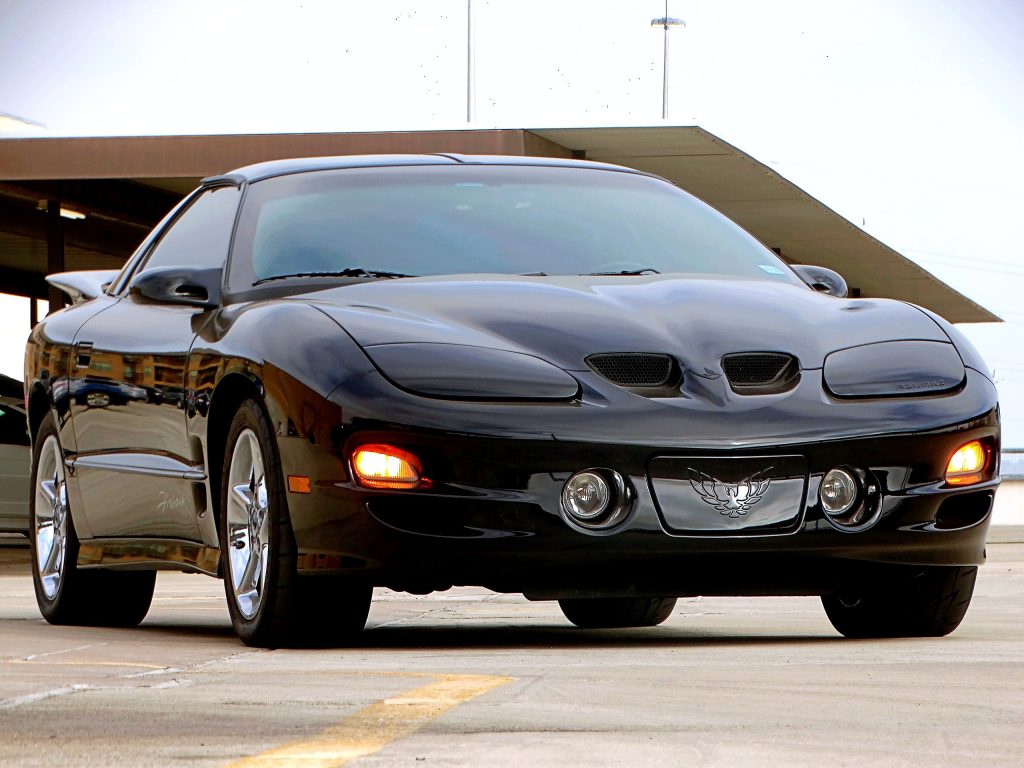
The Firehawk version of the LT1 bumped up power to 300 horsepower standard, or 315 horsepower with the optional performance exhaust package, first offered in 1994 and made standard in 1996. For 1997, the Firehawk dropped the LT1 and instead used the even higher performance LT4 from the Corvette Grand Sport. Using a hotter cam, hollow intake valves, sodium filled exhaust valves, a higher compression ratio, higher flowing intake manifold, and performance crankshaft, the LT4 raised performance to 330 horsepower.
After not being offered for the 1998 model year, the 1999 SLP Firehawk returned using the LS1 making 327 horsepower, which increased to 345 horsepower by 2002. In addition to a more powerful engine, Firehawks also had larger oil coolers, Bilstein suspension, short-throw Hurst shifters, Torsen limited-slip differential, among other upgrades. For 1999–2002, the Firehawk could be had on the Trans Am instead of just the Formula, like before.
Fourth Generation Firebird Production Numbers
| Model Year | Bodystyle | Production Total |
| 1993 | Base | 5,005 |
| Formula | 3,986 | |
| Trans Am | 5,121 | |
| 1993 Total | 14,112 | |
| 1994 | Base | 25,610 |
| Convertible | 174 | |
| Formula | 9,188 | |
| Formula Convertible | 168 | |
| Trans Am | 10,179 | |
| Trans Am Convertible | 463 | |
| 1994 Total | 45,782 | |
| 1995 | Base | 26,230 |
| Convertible | 2,926 | |
| Formula | 7,488 | |
| Formula Convertible | 1,037 | |
| Trans Am | 10,943 | |
| Trans Am Convertible | 2,402 | |
| 1995 Total | 51,026 | |
| 1996 | Base | 17,773 |
| Convertible | 976 | |
| Formula | 3,033 | |
| Formula Convertible | 302 | |
| Trans Am | 7,936 | |
| Trans Am Convertible | 917 | |
| 1996 Total | 30,937 | |
| 1997 | All Models | 32,692 |
| 1998 | All Models | 33,299 |
| 1999 | All Models | 36,219 |
| 2000 | All Models | 31,826 |
| 2001 | All Models | 20,927 |
| 2002 | All Models | 23,330 |
Pontiac Firebird Legacy
For nearly four decades, the Pontiac Firebird was one of the top pony cars on the market. Having already established itself by 1982, the third and fourth generations of the Firebird are incredibly iconic. Though they no longer used the big-block V8s from before, performance started to return by the late-1980s, and by its end in 2002 it was a full fledged racing machine once again.
The high performance Trans Am and ultra-high performance track-spec’d Firehawk bolstered the Firehawk’s power credentials, and they are still some of the most sought out pony cars today. Using extremely powerful versions of the LT1, LT4, and LS1 Chevrolet V8 engines, the Firehawk was truly the best Firebird to ever be created.
Make sure to check out our article on the Gen1/Gen 2 Firebird, and let us know what you think about the Firebird in the comments below!

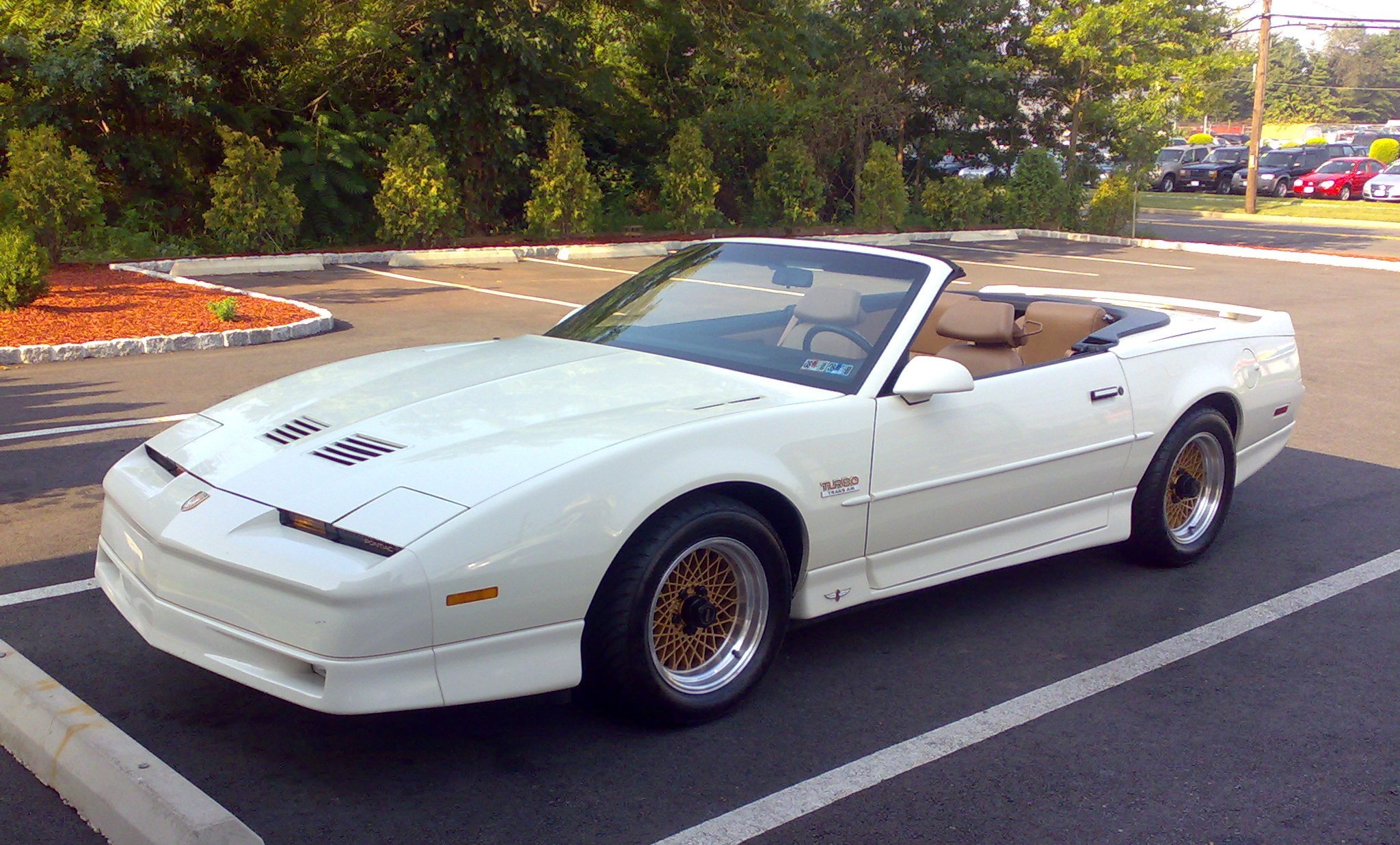
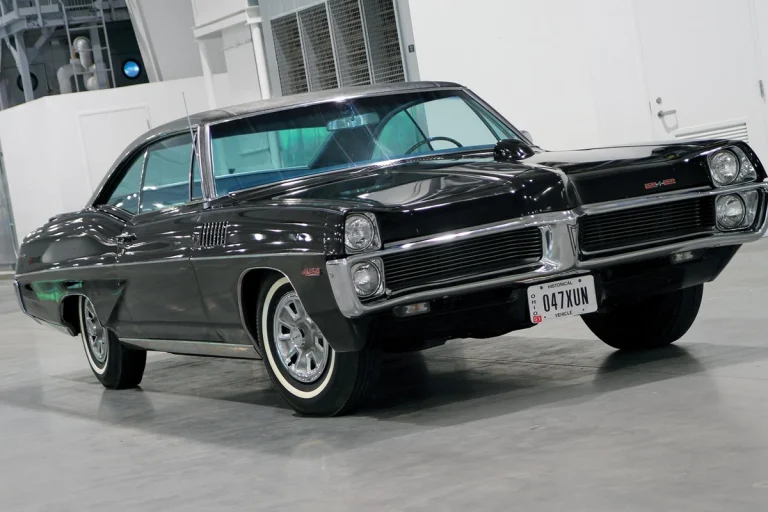
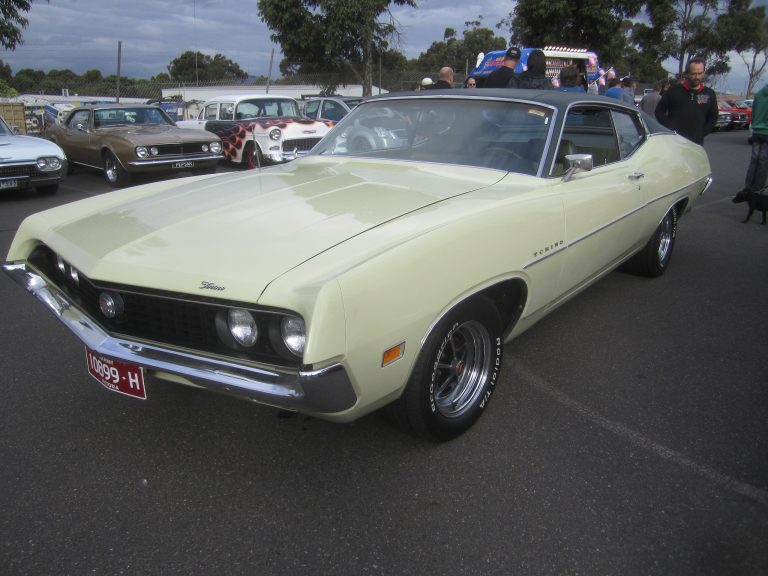
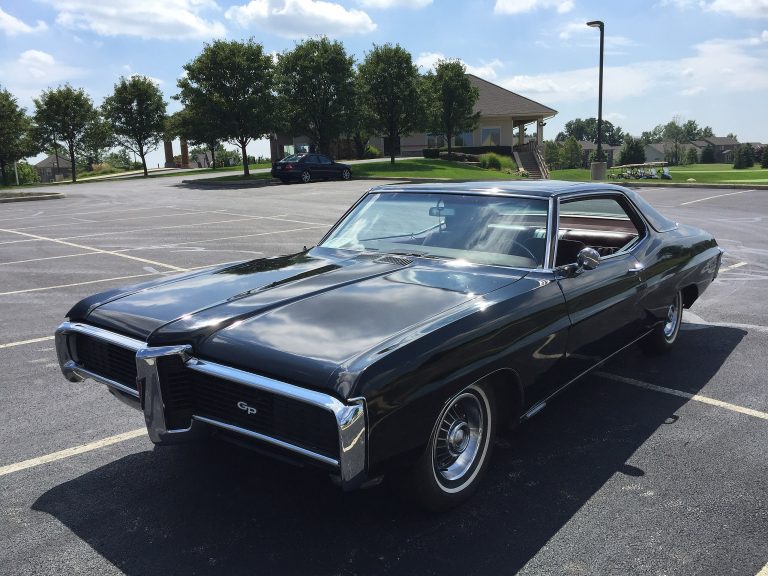
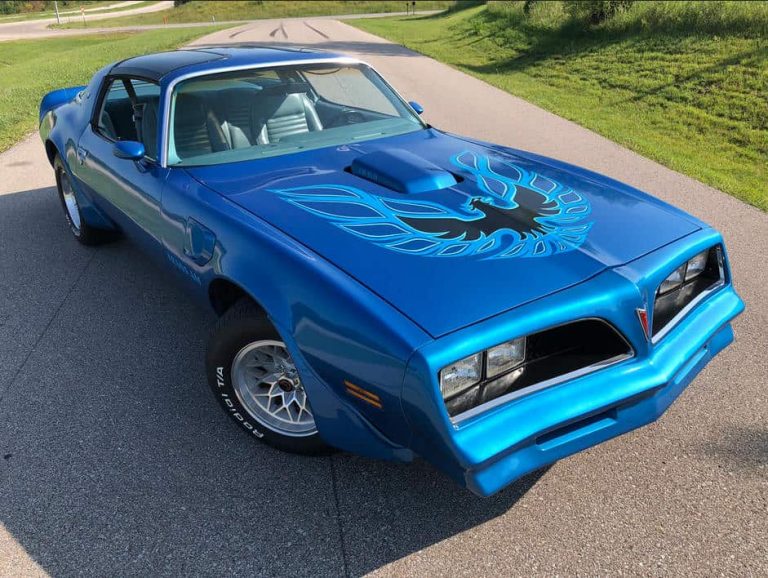
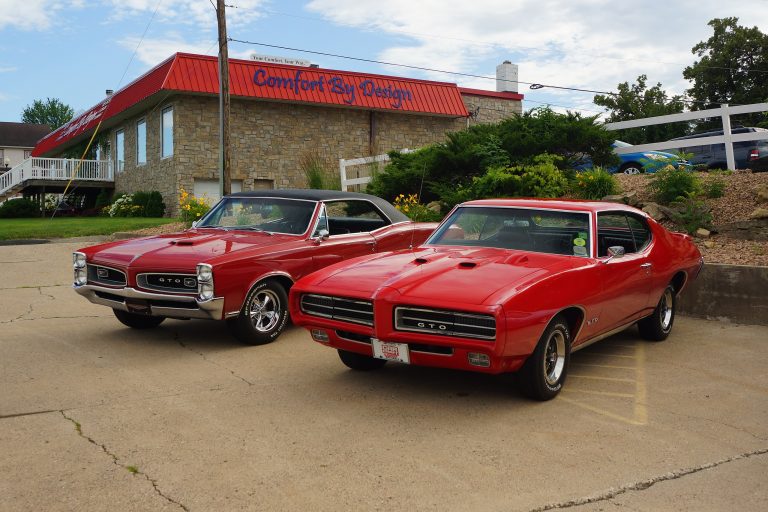
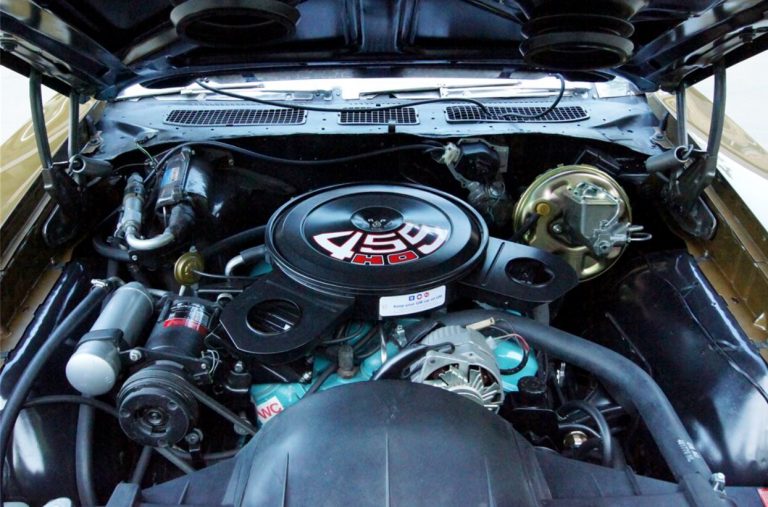
I have an ’02 firebird GT. The “build’ sticker on the door has the code for the GT & it has the striping & door pillar decals. I can’t find much info on the GTs. Can help me? Thanks!